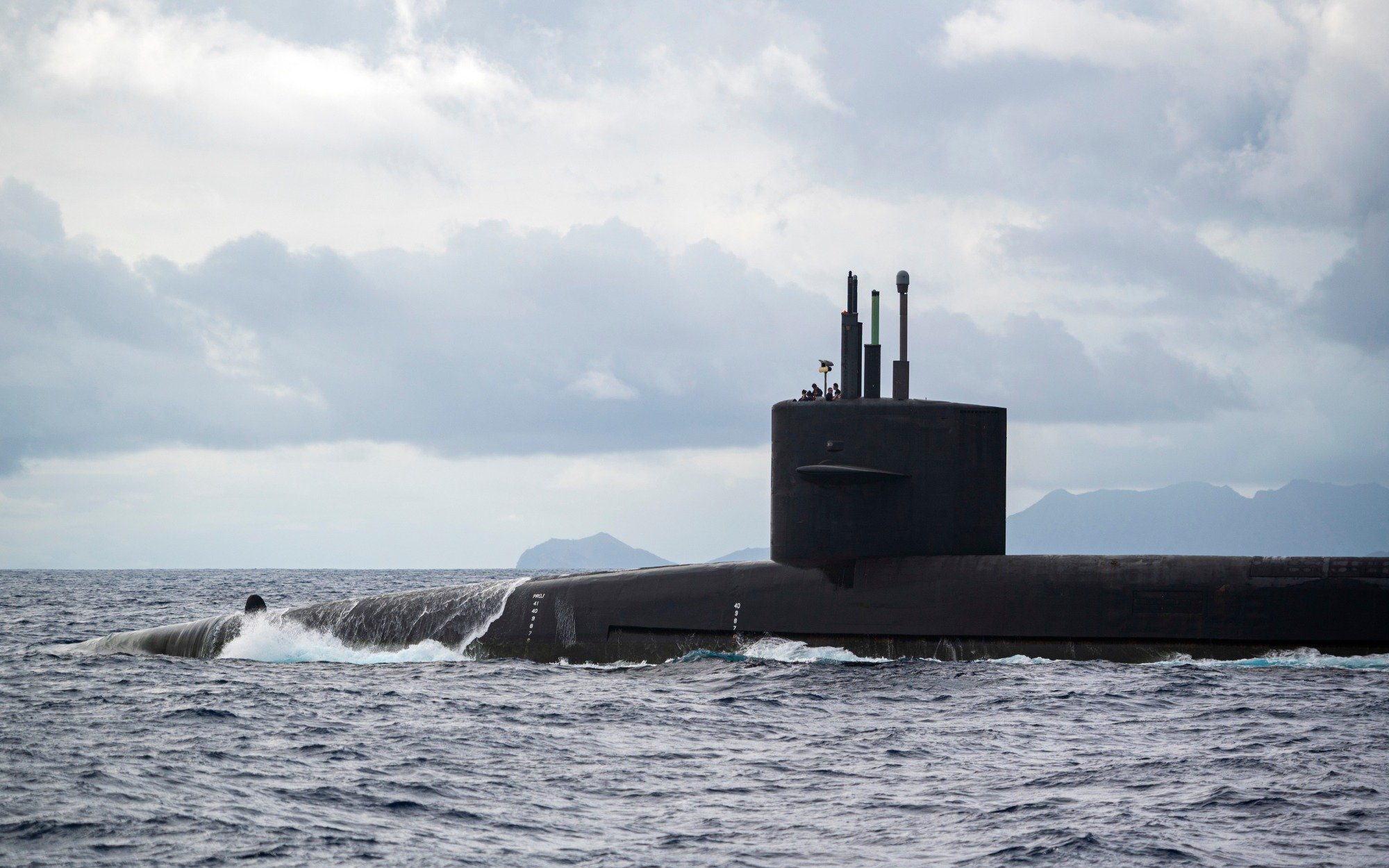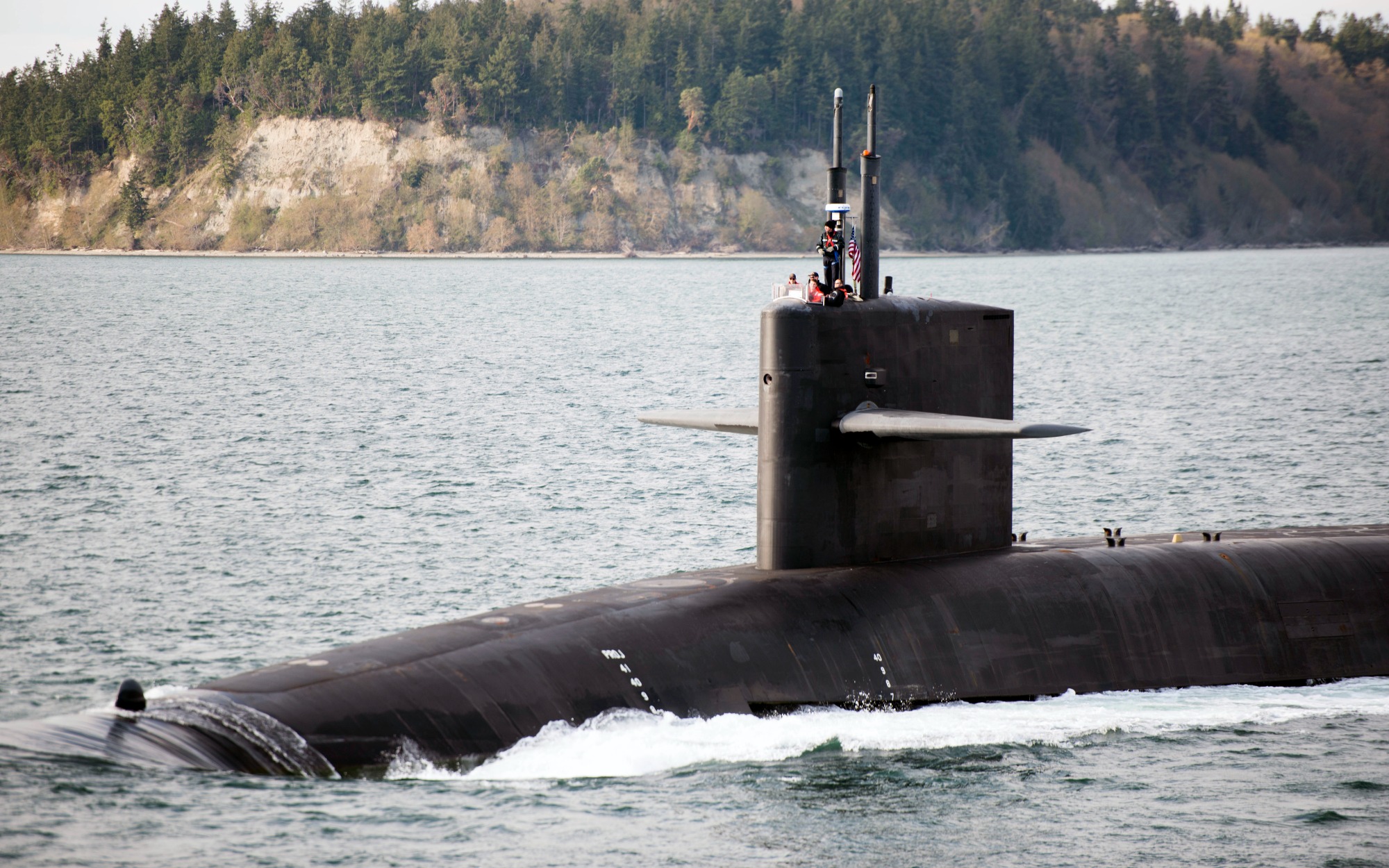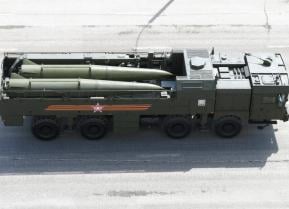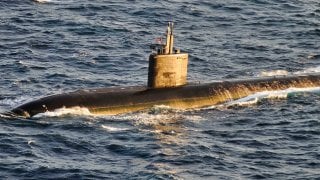'Human Error' Caused a Navy Nuclear Attack Submarine to Smash Into a Cruiser
In October 2012, a collision occurred off the coast of northeastern Florida between the USS Montpelier (SSN-765), a Los Angeles-class fast attack submarine, and the USS San Jacinto (CG-56), a Ticonderoga-class cruiser, during a training exercise with the Harry S. Truman Carrier Strike Group.
What You Need to Know: In October 2012, a collision occurred off the coast of northeastern Florida between the USS Montpelier (SSN-765), a Los Angeles-class fast attack submarine, and the USS San Jacinto (CG-56), a Ticonderoga-class cruiser, during a training exercise with the Harry S. Truman Carrier Strike Group.

-The United States Navy attributed the accident to "human error and poor teamwork," citing distractions from high-priority carrier operations and failure to follow periscope procedures.
-Although no serious injuries occurred, the incident resulted in $81 million in repairs and the relief of Commander Thomas Winter from command. The investigation also criticized the Navy's planning of the exercise. The USS San Jacinto was decommissioned in September 2023, while the USS Montpelier returned to service after repairs.
'Human Error' Blamed for U.S. Navy Submarine Collision in 2012
Following a thorough investigation, the United States Navy announced in June 2014 that "human error and poor teamwork" resulted in the October 14, 2012 collision of the Los Angeles-class fast attack submarine USS Montpelier (SSN-765) and Ticonderoga-class cruiser USS San Jacinto (CG-56) off the coast of Florida.
Each of the vessels was conducting a training exercise as part of the Harry S. Truman Carrier Strike Group (HSTCSG) when the incident occurred.
"At approximately 3:30 p.m. local time on Oct. 14, 2012, two U.S. Navy vessels collided off the coast of northeastern Florida," wrote Harrison Kass for The National Interest. "The two vessels were part of a group sail with a third vessel. They were conducting an anti-submarine exercise before deploying as part of a Carrier Strike Group with the Nimitz-class USS Harry S. Truman aircraft carrier. The collision brought to light the inherent danger of operating massive, powerful warships so close to one another."
Too Close For Comfort
During the exercise, the fast attack submarine was acting as an "aggressor" while the cruiser was charged with protecting the carrier. It is the type of training that is conducted so often that the crews may take some procedures for granted and that is what the U.S. Navy determined happened nearly a dozen years ago.
The crew of USS San Jacinto was "multi-tasking" explained Kass, and was found to be distracted by "higher-priority carrier flight operations." At the same time, Commander Thomas Winter, the skipper of USS Montpelier "failed to follow basic periscope operating procedures."
When it was determined that the submarine was closing in on the cruiser, Winter ordered the boat to go to "emergency deep" but it was too late – and USS Montpelier struck USS San Jacinto. Fortunately, there were no serious injuries, but it did sink the career of Commander Winter, who was subsequently relieved of command.
The crews weren't entirely to blame, however, as the investigation "faulted the Navy's chain of command for failing to properly plan the exercise," the Associated Press reported in 2014.
The damage was light – but nothing involving military vessels should be seen as inconsequential. The submarine suffered a dislodged rudder while the cruiser received metal deformation to its sonar dome. The total repair bills totaled $81 million, with $70 million spent on repairs to USS Montpelier and $11 million on USS San Jacinto.
The Aftermath
CG-56, which was named for the Battle of San Jacinto, the decisive battle of the Texas Revolution where General Sam Houston successfully defeated Mexico President Antonio López de Santa Anna's forces, was commissioned in October 1988.

During the warship's more than three-decade-long service life, USS San Jacinto received numerous awards including a Navy Unit Commendation and Presidential Unit Citation. The Ticonderoga-class cruiser was decommissioned in September 2023.
USS Montpelier was repaired and returned the service. The incident came just two years after the Los Angeles-class fast attack submarine underwent a $35 million maintenance and modernization refit.
Commissioned in March 1983, SSN-765 was noted for being the first submarine to fire Tomahawk cruise missiles during 2003's Operation Iraqi Freedom. For firing all 20 of her missiles while under the command of Commander William Frake, the boat earned a "clean sweep." In 2015, the crew was also presented the prestigious Arleigh Burke Fleet Trophy Award for 2015 for greatest improvement during the previous year.
Author Experience and Expertise: Peter Suciu
Peter Suciu is a Michigan-based writer. He has contributed to more than four dozen magazines, newspapers, and websites with over 3,200 published pieces over a twenty-year career in journalism. He regularly writes about military hardware, firearms history, cybersecurity, politics, and international affairs. Peter is also a Contributing Writer for Forbes and Clearance Jobs. You can follow him on Twitter: @PeterSuciu. You can email the author: [email protected].
Image Credit: Creative Commons and/or Shutterstock.


